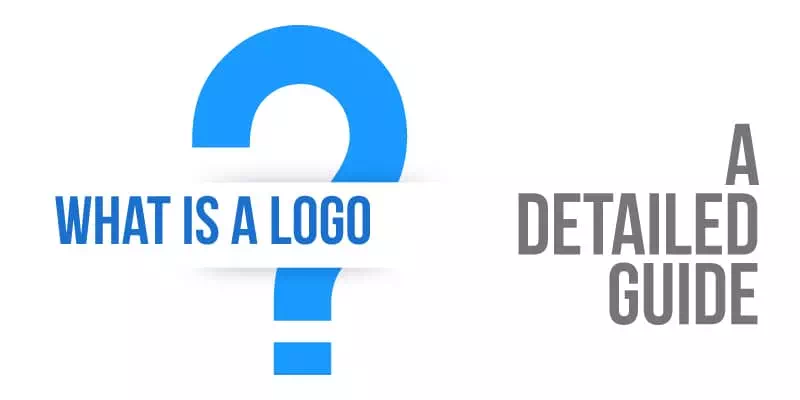One cannot overstate the significance of a logo. In a world where first impressions count, visual communication is paramount. Brands strive to captivate hearts and minds. A logo fills in as the visual ambassador of a brand, a creative image that embodies its values, and desires.
Logos wield the power to leave an indelible mark in our collective consciousness. Iconic swooshes inspire action, and minimalist fruit silhouettes embody innovation. Join us on a journey to unravel the captivating world of logos. Here, design meets strategy, and the art of symbolism fuses with marketing prowess.
In this comprehensive exploration, we will delve into the historical roots of logos. We will also dissect their elemental components. And, we’ll reveal the secret language of colors. Furthermore, we’ll decode the intricate interplay of symbols, typography, and composition. Along the way, we will shine a spotlight on renowned case studies. Logos have become cultural touchstones, woven into the fabric of our daily lives.
Historical Background of Logos
The history of logos is a captivating tale of human communication and visual representation. It spans from ancient civilizations to the digital age. This section delves into the origins of logos. It explores how symbols emerged as powerful tools for conveying identity and affiliation.
Origins of Logos: Unveiling the Seeds of Symbolic Communication

Since the beginning of time, humans have used visual representation to convey their identities, beliefs, and affiliations. Old civilizations can trace back the genesis of logos. They used images to convey meaning and create a sense of belonging.
From ancient Egyptian hieroglyphics etched upon the walls of temples to the intricate family crests of medieval Europe, logos emerged as visual artifacts that encapsulated the essence of individuals, families, and communities. These early symbols served as badges of honor, signifying status, lineage, and shared values.
Evolution of Logos Over Time: From Marks to Masterpieces
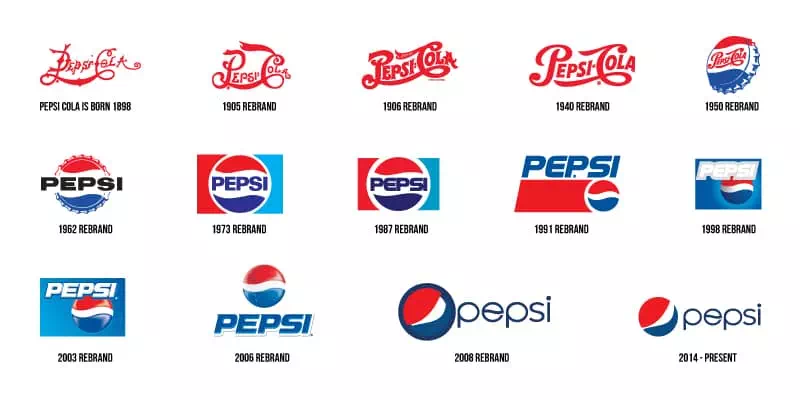
As civilizations flourished and trade routes expanded, the need for distinct visual identification grew. And, it became crucial. The birth of commercial enterprise and the rise of guilds and merchants fostered a new era of logo development.
In the Middle Ages, shopkeepers and artisans began adorning their establishments with distinct marks or symbols. This allowed illiterate patrons to identify their services. These simple logos laid the foundation for visual branding. They marked the birth of a transformative era.
The industrial revolution propelled logos into the forefront of business identity. With mass production, logos became more important. They became emblems of trust, quality, and consistency. From the iconic Shell clamshell symbolizing petroleum prowess to the interlocking letters of luxury fashion houses, logos became powerful allies in the battle for consumer attention and loyalty.
The digital age ushered in a paradigm shift in logo design. Technology enabled greater precision, versatility, and global reach. Logos transcended their physical forms, proliferating across screens, devices, and virtual landscapes. Social media and global connectivity have transformed logos. Now, they are dynamic and interactive. They can spark conversations, viral trends, and shape cultural narratives.
Elements of a Logo

A logo is not a random arrangement of shapes, colors, and text. It is a carefully orchestrated composition. Each element plays a crucial role in conveying the essence of a brand and leaving a lasting impression.
Symbol or Icon
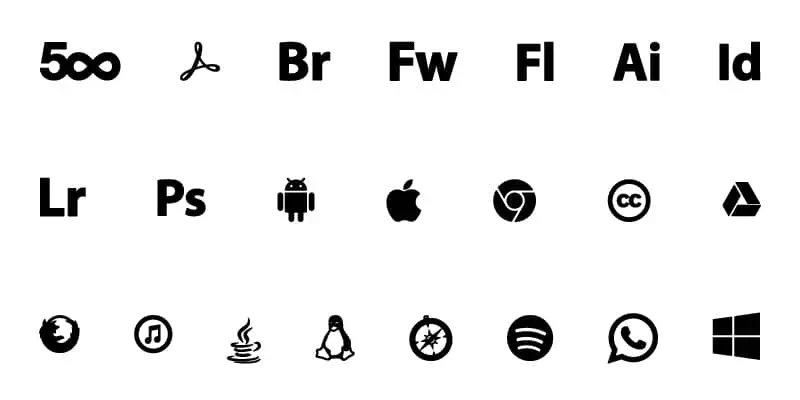
The heart of a logo lies in its symbol or icon, a visual representation that captures the essence of a brand. This section explores how symbols transcend language barriers. They convey meaning and evoke emotions through their shapes, forms, and visual appeal. We also explore the cultural and contextual factors that shape the interpretation and effectiveness of symbols in various regions. We also examine target markets.
Typography
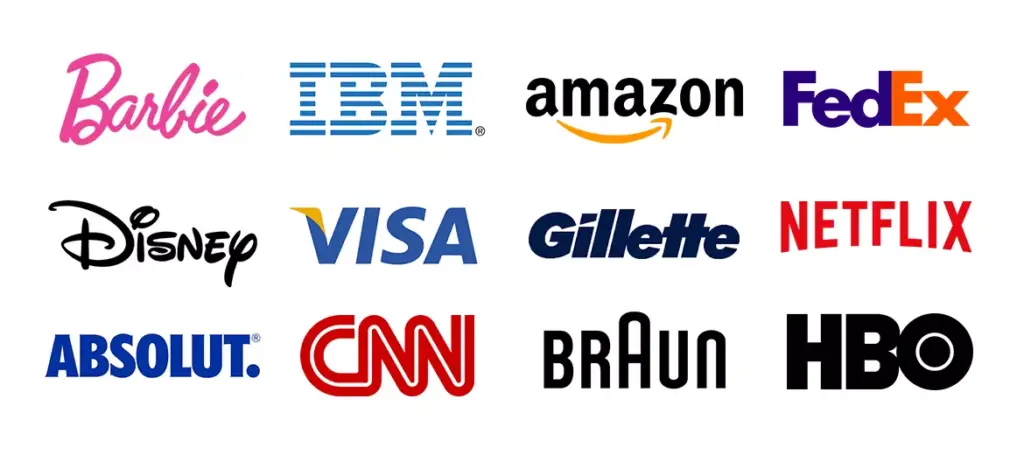
The choice of typography has a remarkable influence on a logo’s personality and brand identity. Here, we delve into the intricate world of fonts. We will examine how different typefaces, styles, and lettering can communicate distinct messages. They can also evoke specific emotions. Discover how the artful selection and arrangement of typography harmonizes with other design elements. This creates a cohesive and impactful visual narrative.
Color Palette

In the realm of logo design, colors possess an inherent language of their own. This segment explores the psychology behind colors. It uncovers how hues can influence perceptions and stir emotions. It also shows how colors can reinforce brand messaging. Dive into the realm of color symbolism and associations. Understand how a thoughtfully chosen color palette can elevate a logo’s impact. It can also resonate with its target audience.
Composition and Layout
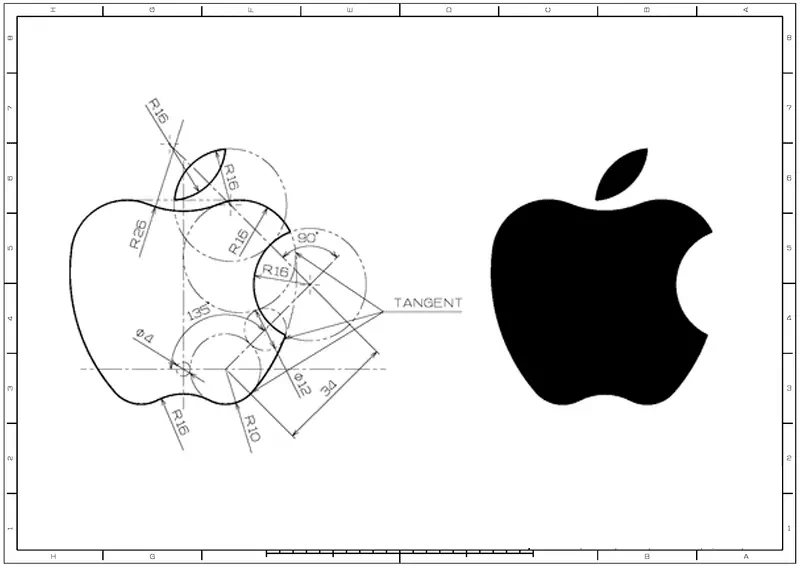
The art of composition and layout brings balance and harmony to a logo. It ensures that its various elements synergize. This section covers the principles of balance, proportion, and spatial arrangement. It explains how a thoughtful composition can enhance a logo’s visual appeal. It also addresses readability and memorability. Discover the subtle yet profound impact that a well-structured layout can have on the effectiveness of a logo.
Types of Logos
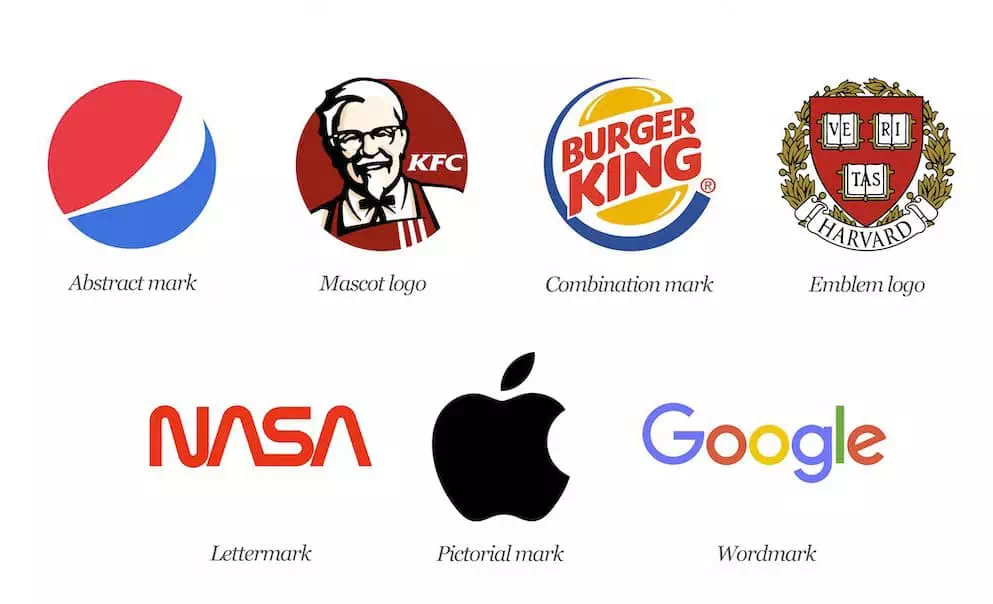
Wordmark Logo: Showcases the brand’s name in distinctive, stylized typography. This type explores how wordmarks can communicate simplicity, elegance, or playfulness. They rely solely on the creative manipulation of letters and characters.
Lettermark: Sometimes, a brand is best represented by its initials or a select few letters. Lettermark logos condense the essence of a brand into a concise, typographic form.
Symbol or Icon: Symbol or icon logos rely on visual imagery to represent a brand. Designers explore the power of symbols to transcend language and cultural barriers. Symbols evoke emotions and capture a brand’s essence in a single, iconic image.
Combination Mark: Blending the elements of wordmarks and symbols, combination mark logos strike a delicate balance between textual and visual representation.
Emblem: Logos intertwine text and image to create a unified and self-contained design.
Logo Design Process: From Vision to Visual Identity

The logo design process begins with thorough research. We need a comprehensive understanding of the brand, its values, target audience, and industry landscape.
During the concept development phase, designers use their clear understanding of the brand. They use it to create ideas. Besides, they brainstorm, sketch, and explore various ideas here. Also, they seek to capture the brand’s essence in visual form.
Designers transition to the design execution phase. They do this once they have selected the strongest concepts. They use digital tools and software to refine their initial sketches. Then, they transform them into polished logo designs.
With the designs finalized, the next step is to present the logo concepts to the client for approval. This stage allows open communication and collaboration. The client provides feedback and suggestions.
Impact and Significance of a Logo

Brand Recognition
A well-designed logo is a powerful tool for establishing brand recognition. This section delves into how logos become the visual ambassadors of a brand. They imprint themselves in the minds of consumers, creating instant recognition. Explore the psychology behind logo recognition. Learn how a strong logo can foster familiarity, trust, and loyalty among consumers.
Brand Differentiation
Logos play a crucial role in setting brands apart from their competitors in a crowded marketplace. This segment uncovers how logos become visual differentiators. They allow brands to carve a unique niche and create a lasting impression. Discover the strategies and design elements that help logos communicate a brand’s unique selling propositions. Discover the strategies and design elements that help logos communicate a brand’s values and positioning.
Brand Consistency
The consistency of a logo across various touchpoints is vital in establishing a strong and cohesive brand identity. This section explores the significance of brand consistency. A well-executed logo serves as the foundation for maintaining a consistent visual language. Learn how logos facilitate brand recognition, build trust, and enhance brand equity. They do this by ensuring a unified and coherent brand experience.
Case Studies: Iconic Logos
Apple Inc.
The iconic Apple logo is a masterclass in simplicity and elegance. The bitten apple silhouette is recognizable. It evokes a sense of innovation and sophistication. Also, the monochromatic color choice adds to its timeless appeal. This permits the logo to adjust to different mediums and sizes.

Nike
The Nike Swoosh is a symbol of athleticism, determination, and success. It’s fluid and dynamic design embodies the spirit of movement and progress. The single curved line’s simplicity conveys speed and agility. It reflects the brand’s dedication to performance.
Coca-Cola
Its distinct, curvaceous script typography evokes nostalgia. It reminds us of shared moments and refreshing experiences. The bright red color of Coca-Cola logo palette creates a strong visual impact and captures attention. The white wave-like ribbon adds a touch of whimsy and joy.

Suggested Article– Famous Logos with Hidden Meanings.
To Conclude
A logo is more than just a collection of text, colors, and shapes. It’s a passage to a brand’s personality. It rises above language and culture to make a strong connection with its crowd. A well-designed logo conveys a brand’s spirit, values, and goals. This results in instantaneous recognition and a lasting impression on customers’ minds.
Let us take with us the appreciation for their artistry, understanding of their significance, and recognition of their enduring power as we bid adieu to our investigation of logos. The beauty and power of logos have shaped our world. They have inspired us to create, innovate, and leave our own meaningful marks on the canvas of visual communication. May we continue to celebrate it.

